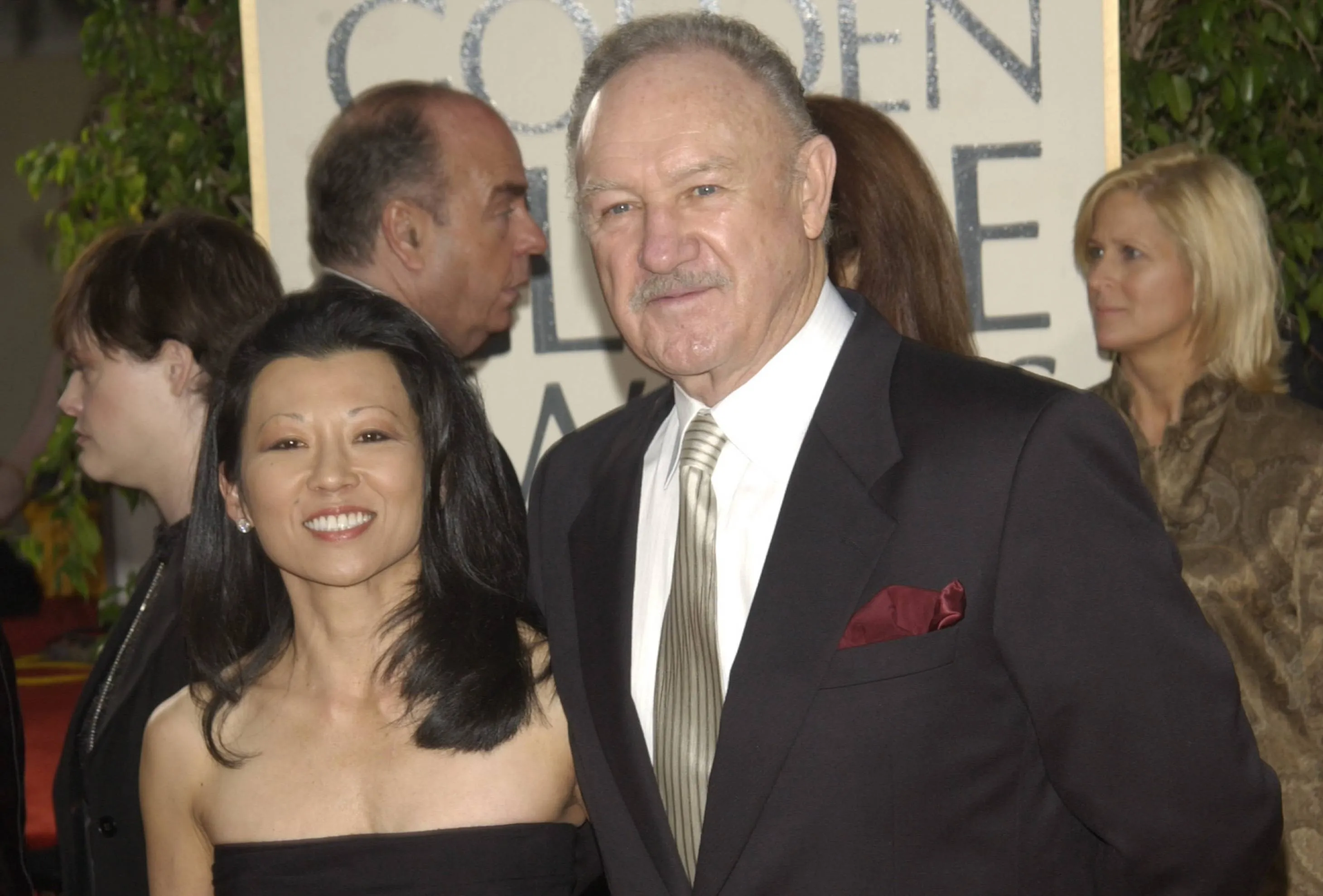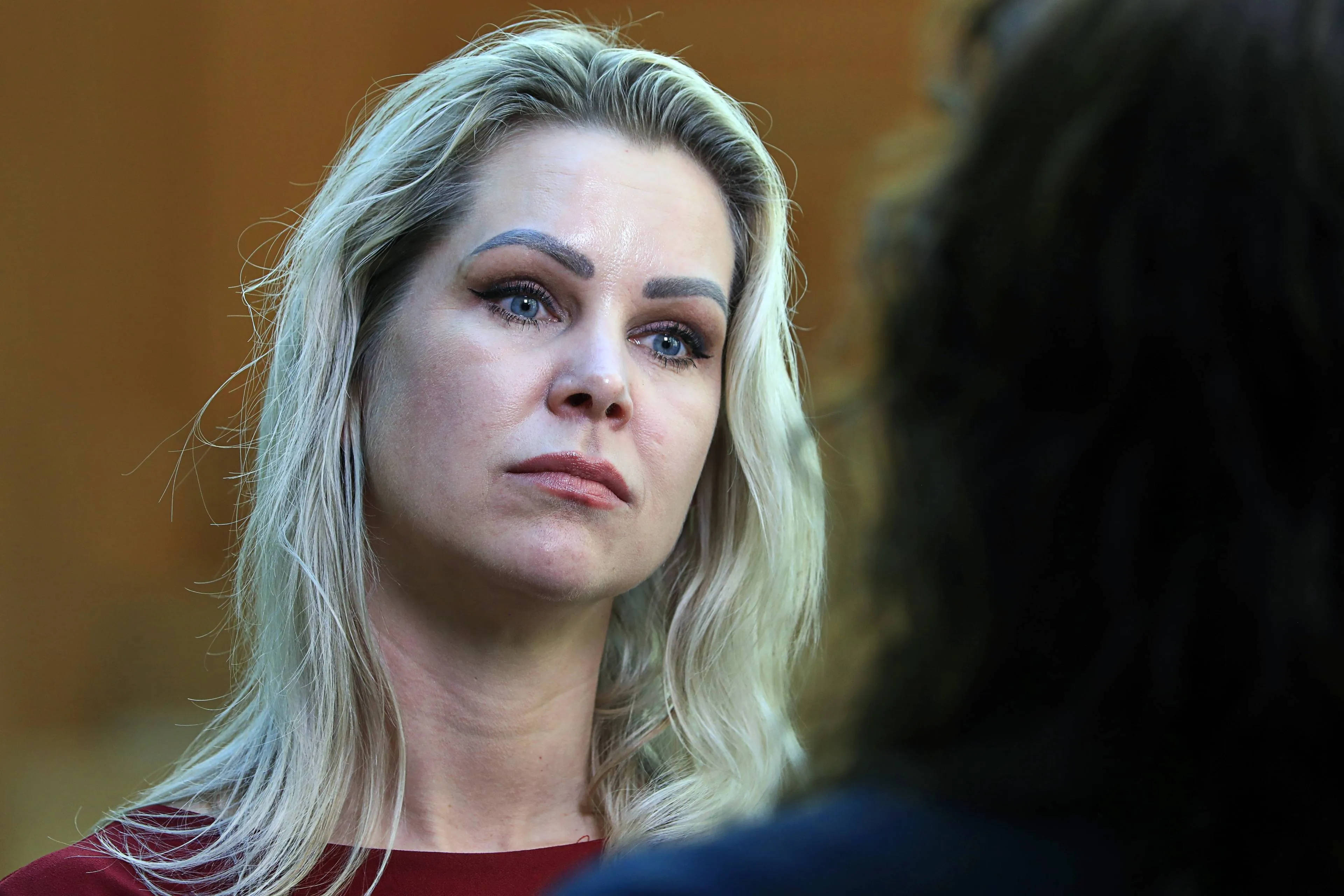Populaire muziek en dans afkomstig uit de kerk
In the 18th century, when Anglican Christianity was becoming more and more sober, rational and Deistic, some people started to seek a more emotional, passionate, ecstatic form of worship in Methodism. A big part of Methodisms appeal was its hymn music, much of it written by John Wesley, the founder of Methodism. The Methodists developed a style of worship that was very interactive and spontaneous, where people were encouraged to feel the Spirit and to shout out their praise to the Lord. Worship would not be confined to the church Methodists also pioneered outdoor preaching and services, and love-feasts where worshippers would bring food and share it with each other.
Methodism rapidly spread to America, where it became popular both with white Protestants and African-Americans. The inter-racial congregations of American Methodist churches developed their own style of worship, mixing the hymnody of European Methodism with the rhythm, clapping, shouting and call-and-response of African religion. It is here, in the Methodist churches of Philadelphia, Virginia, New York and Kentucky, that you can find many of the roots of R&B and rock n roll.



